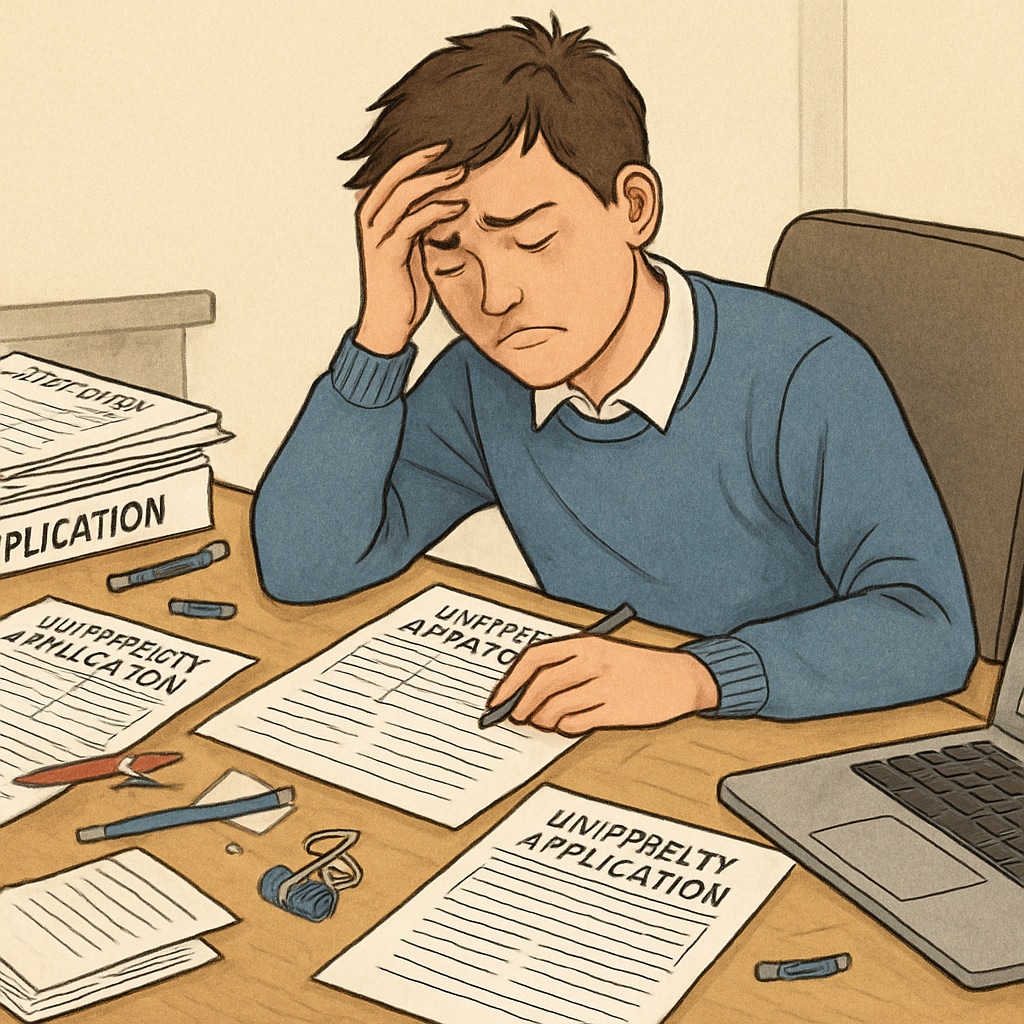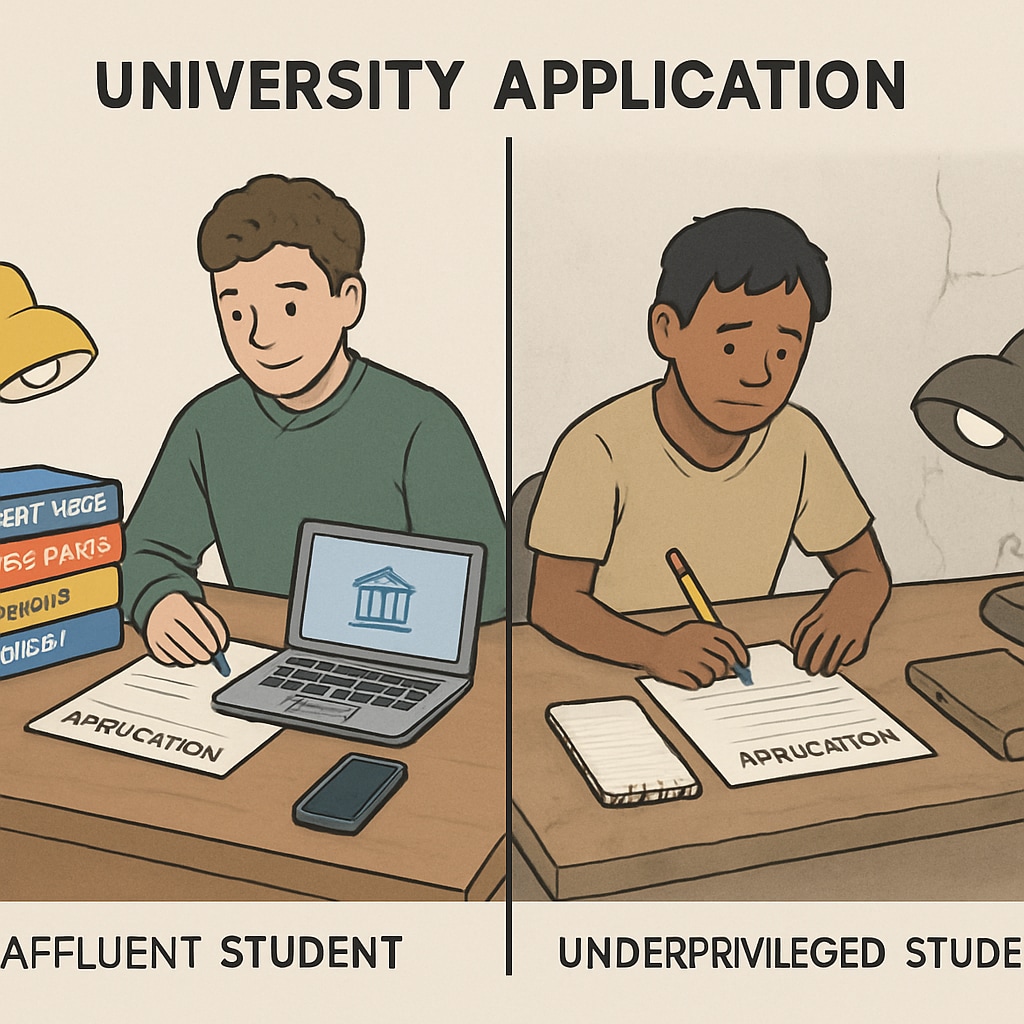The university application system, known for its complexity and overwhelming requirements, has sparked significant dissatisfaction among K12 students and their families. This labyrinthine process often creates unnecessary pressure and confusion, transforming what should be a bridge to higher education into an obstacle course. In this article, we delve into the flaws of the current system, explore its impact on young learners, and propose actionable reforms to make university applications more streamlined and transparent.
Why the University Application System Feels Overwhelming
K12 students face a host of challenges when navigating the university application process. From filling out multiple forms across different platforms to meeting varying requirements, the system is often criticized for its lack of standardization. For instance, students applying to multiple universities may encounter diverse deadlines, unique essays, and differing documentation requirements. This lack of uniformity demands significant time, effort, and financial resources, leaving students and their families exhausted.
Moreover, the emphasis on extracurricular activities, recommendation letters, and standardized test scores adds layers to an already arduous process. For students from underprivileged backgrounds, these demands can become insurmountable barriers to accessing higher education. The complexity of the system underscores the need for reform to ensure it serves as a gateway rather than a blockade.

The Impact of Systemic Complexity on K12 Students
The psychological and emotional toll of the university application process is undeniable. Students often experience heightened levels of stress, anxiety, and even burnout as they attempt to meet the myriad requirements. According to a report by the American Psychological Association, high school seniors rank college admissions as one of their most significant stressors during their academic journey.
In addition to its emotional impact, the system can inadvertently perpetuate inequality. Students from affluent backgrounds often have access to private counselors, test preparation services, and extracurricular opportunities that give them a competitive edge. In contrast, students from marginalized communities may struggle to fulfill application requirements, deepening the divide between socioeconomic groups.

Proposed Solutions: Simplification and Transparency
To address these challenges, experts and advocates have proposed several reforms aimed at simplifying the university application process. Here are some actionable solutions:
- Standardized Application Platforms: Implementing a unified system where students can submit applications to multiple universities through a single platform would drastically reduce redundancy and confusion. Platforms like the Common App already exist but need broader adoption and refinement.
- Clear Documentation Guidelines: Universities should provide comprehensive yet straightforward documentation requirements, ensuring students understand precisely what is expected of them.
- Reduced Emphasis on Standardized Tests: Many institutions are moving toward test-optional policies, which can alleviate stress for students and lower barriers for those disadvantaged by systemic inequities.
- Transparent Evaluation Criteria: Universities should disclose the weight given to various components of the application, such as GPA, extracurriculars, and essays, to promote fairness and clarity.
- Financial Assistance Programs: Increasing funding for application fee waivers and support services can help level the playing field for underprivileged students.
By implementing these measures, the system can shift toward a more equitable, efficient, and student-centered approach.
The Need for Immediate Reform
As universities continue to adapt to changing societal needs, the application system must evolve accordingly. Reforming the process is not just about reducing complexity; it’s about creating a fairer and more accessible pathway for students from all backgrounds to pursue higher education. Without immediate changes, the system risks alienating talented individuals and perpetuating inequities that hinder academic and professional opportunities.
Ultimately, the goal should be to transform the university application process from a maze into a bridge—one that connects students to their aspirations without unnecessary obstacles or stress.
Readability guidance: This article employs short paragraphs, clear headers, and lists to improve readability. Overuse of passive voice is avoided, and transitions ensure smooth flow between ideas. Reforms are presented in actionable terms to inspire change in educational policies.


